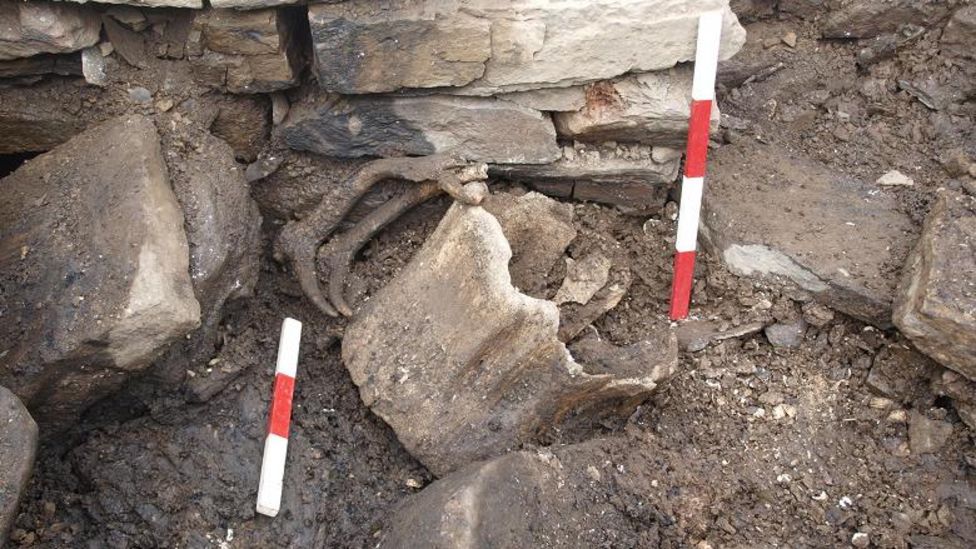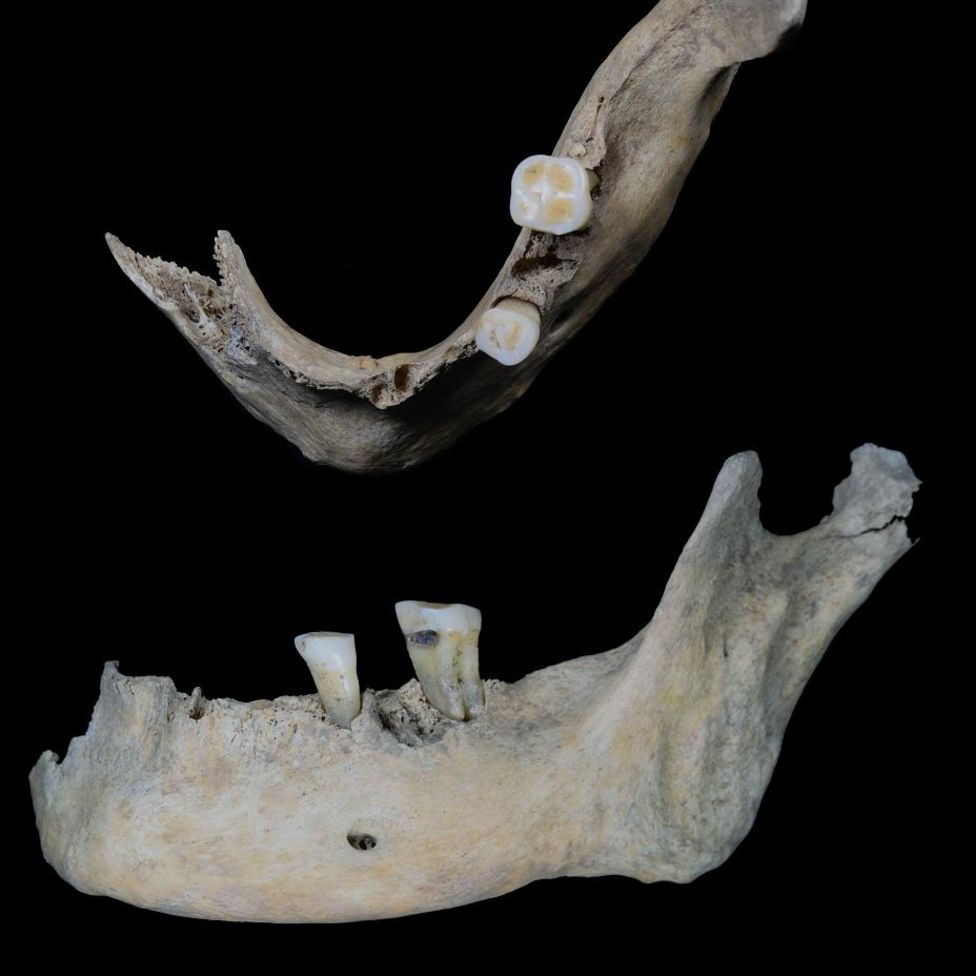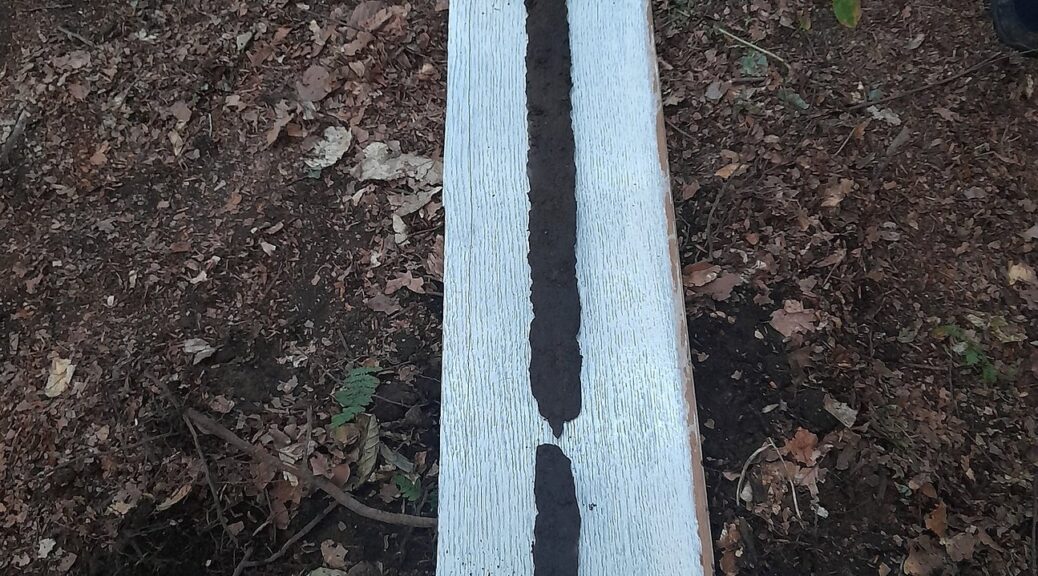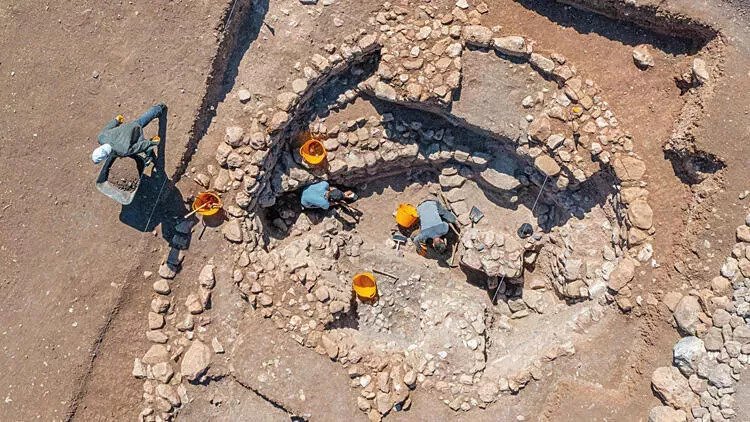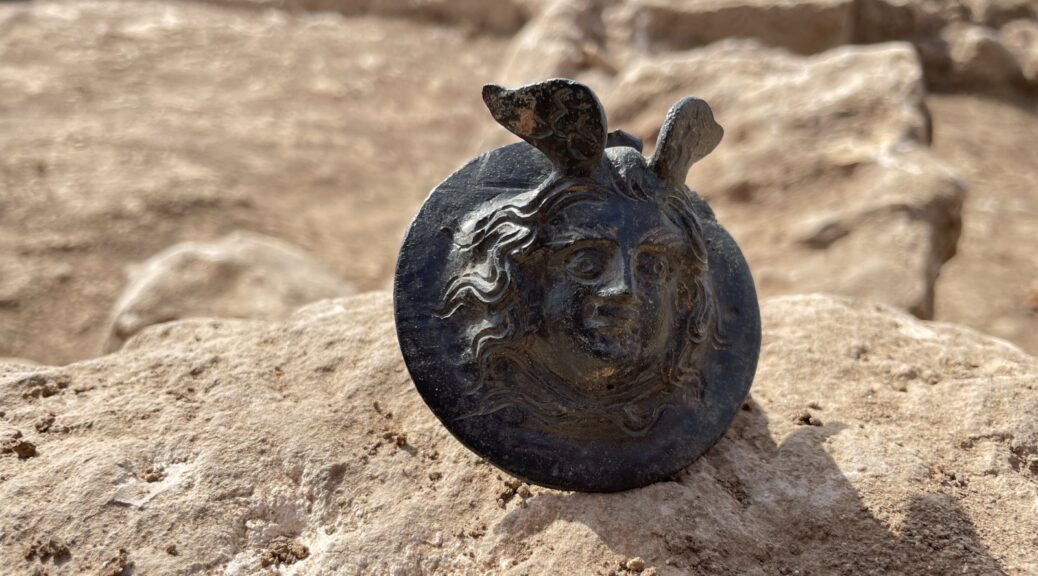Traces of Original Manor Found at Poland’s Branicki Palace
A fragment of the floor of a large 15th-16th century building, probably from the times of the first owners of the Białystok estates was discovered by archaeologists during the work in the parade courtyard of the historic Branicki Palace in Białystok. They believe that it is an important discovery in the history of the city.
Archaeological work in the parade courtyard of the Branicki Palace began last week as a result of an agreement between three universities in Białystok: the Medical University of Białystok, which is located in the palace, the Białystok University of Technology and the University of Białystok. This is the first such research project at the place.
Later last week, the Museum of the History of Medicine and Pharmacy of the Medical University of Białystok informed on social media about the discovery of 15th-16th century relics. “It is a fragment of a stone and clay floor of a large building, probably dating from the times of the first owners of the Białystok estates,” the museum reports.
The discovery was confirmed by the head of the archaeological work, Dr. Maciej Karczewski from the University of Białystok.
He told PAP: “During these four days of work, we managed to uncover a very large part of the previously unknown history of this place. I am very pleased with that result.”
He added that it was a real ‘time travel’ from the 20th to the 15th-16th century, with fragments of prehistory.
According to Karczewski, the 5 by 5 meters excavation was dug in a place where previous GPR surveys had shown a number of anomalies (differences in the density of layers indicating human intervention).
He continued: “This outline anomaly turned out to be a very solid floor made of clay and field stones, which probably supported the structure with wooden walls that have not survived.”
Dating back to the 15th-16th century, the floor fragment is part of a manor belonging to the Raczkowicz family, the first owners of the Białystok estates.
Karczewski said: “The layout of the manor complex remained completely unknown until now. The size of this anomaly indicates that it must have been a large building, and the tiles found in this place may indicate that the building could have been located close to the manor house.”
Three hundred years were lost during the exploration of the layers, directly under the layer from the first half of the 20th century/end of the 19th century, the 15th-16th-century layer immediately appeared.
According to Karczewski, it is most likely the result of cleaning the area during the Russian partition or in the interwar period. He added that although there were no surviving layers from the 17th, 18th and 19th centuries, individual fragments of relics from that period were found, including ceramic tiles from the time of the court of Piotr Wiesiołowski, a glass vessel and a John II Casimir copper shilling called boratynka.
In the part of the excavation where there is no floor, archaeologists also found traces of a prehistoric settlement. According to Karczewski, the oldest discovered relic is a Mesolithic burin. It is a hard material tool made of flint. Karczewski estimates that it comes from the 5th-7th millennium BCE.
In addition, the archaeologists found traces of the early Iron Age, the stroke-ornamented ware culture, a population that participated in the ethnogenesis of the Slavs but is recognized in the areas of today’s Belarus, and Podlasie was the western periphery of this population’s range.
Karczewski said: “In the place of today’s palace courtyard they had their settlement, camp.”
For now, the dig is 70-80 cm deep. Drilling is to be carried out by the Białystok University of Technology, and archaeological work will resume.
The two-week research in the parade courtyard is conducted as a survey. As previously reported by the Medical University of Bialystok, it will cost approx. PLN 20,000.
The Branicki Palace is one of the most iconic places in the city and the region. The beginnings of the palace and garden complex date back to the 16th century. The place achieved its greatest splendour during the time of Hetman Jan Klemens Branicki in the 18th century. At that time, Białystok had one of the most beautiful baroque gardens in Poland, and even in Europe.
Previous archaeological research in the vicinity of the palace was carried out mainly in gardens; the entrance courtyard and gardens were revitalized a few years ago.
